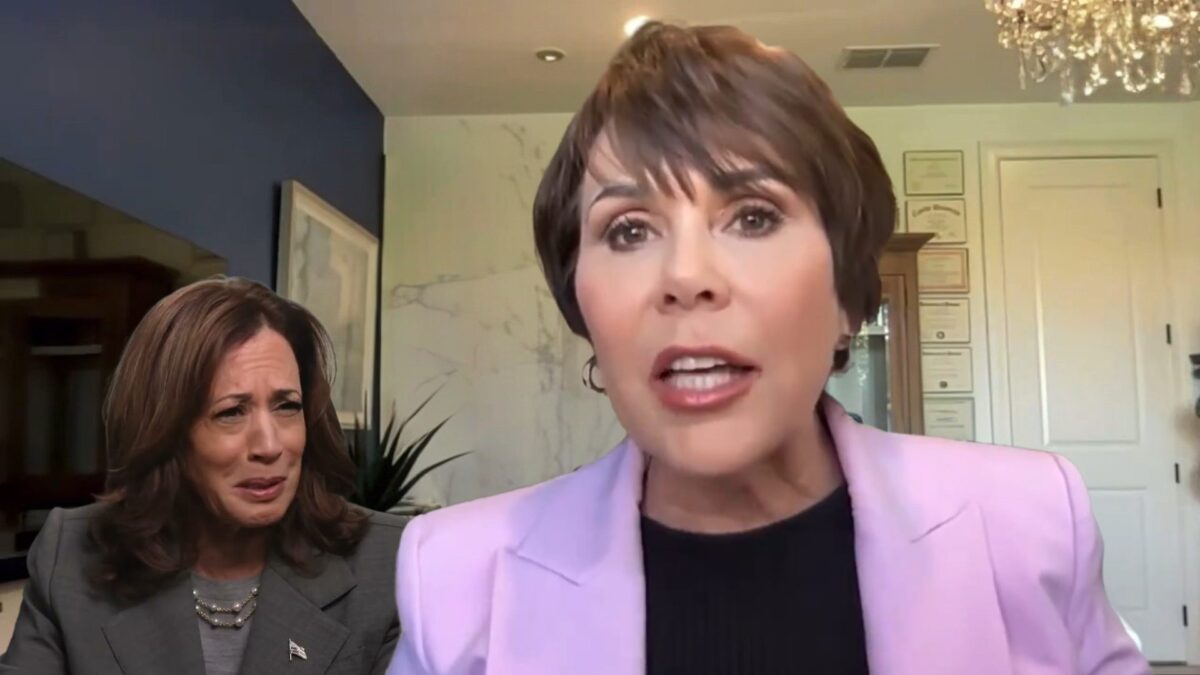Kamala Harris’s Interview: A Body Language Breakdown
In today’s world, perception can make or break a political career. Kamala Harris’s first televised interview as the Democratic presidential nominee has ignited a storm of critique, particularly from body language expert Susan Constantine. Her recent analysis dives deep into Harris’s performance, raising red flags about her confidence and demeanor as a potential leader.
Spotlight on Body Language: The Analysis Begins
During this pivotal interview, Harris shared the stage with her running mate, Minnesota Governor Tim Walz. Body language guru Susan Constantine closely examined their interaction and delivered some eye-opening insights. One striking observation was Harris’s tendency to look down while answering questions—a gesture that experts believe undermines her confidence and authenticity. “When I look at her overall demeanor,” Constantine noted, “she does not carry the confidence or the presidential appearance in her demeanor to command in her position.” This lack of eye contact is more than just a quirk; it signals deflection and uncertainty in her responses.
The Tell-Tale Head Bobble
Diving deeper into Harris’s body language, Constantine pointed out another interesting habit: the vice president’s head bobbling when faced with uncertainty. This movement isn’t just a nervous tick; it suggests someone grappling to find the right words or thoughts. “When you bobble and waffle like that,” she explained, “that’s another signal that she’s not really… prepared. She doesn’t really have confidence in her own answers.” It raises an important question: how does this perceived uncertainty resonate with voters looking for strong leadership?
A Search for Validation? Interaction with Tim Walz
The dynamic between Harris and Walz during the interview also caught Constantine’s attention. She observed that Harris frequently sought acknowledgment from him, often glancing his way for validation. This behavior hints at an unsettling dependence on her running mate for reassurance—something that could hinder her image as an independent leader capable of standing alone under pressure. In contrast, Walz maintained a serious demeanor with pressed lips, presenting himself as composed and authoritative.
The Implications of Nonverbal Communication
Constantine’s observations raise significant questions about how these nonverbal cues impact public perception of Harris and her campaign efforts. In politics, where image often speaks louder than words, any hint of insecurity can be detrimental to one’s candidacy. The critique emphasizes how vital nonverbal communication is within political discourse; every glance and gesture holds weight in shaping voter opinions.
A Campaign Under Scrutiny
This intense focus on body language comes at a critical time for Harris as she navigates the complexities of being both a candidate and a public figure. With stakes so high in this election cycle, even subtle signs of discomfort could sway undecided voters who are keenly watching every move made by candidates they might support—or oppose.


Leave a Comment